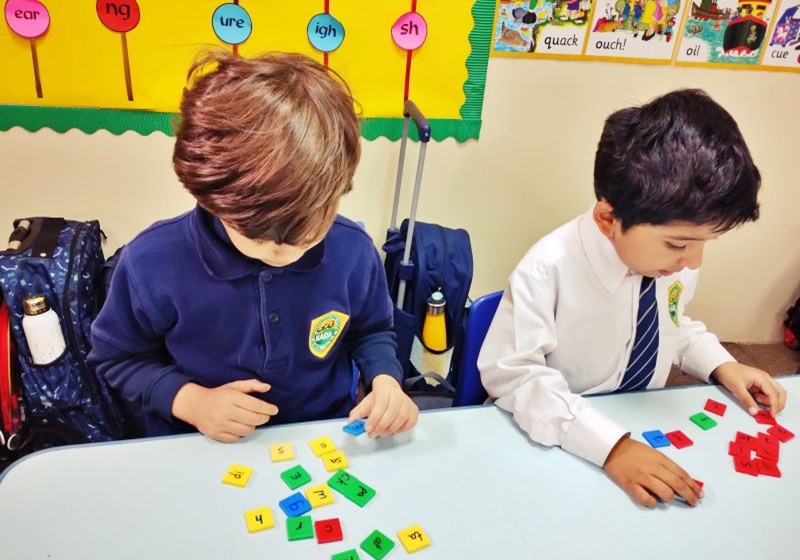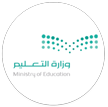Jolly Phonics is a comprehensive programme, based on the proven, fun and multi-sensory synthetic phonics method that gets children reading and writing from an early age. This means that we teach letter sounds as opposed to the alphabet. These 42 letter sounds are phonic building blocks that children, with the right tools, use to decode the English language. When reading a word, they recognise the letters and blend the respective sounds; when writing a word they identify the sounds and write down the corresponding letters.

Jolly Phonics has been divided into 5 main elements:
- Learning the sounds: – This section focus on teaching the 42 main English sounds. Each sound is taught individually, following the set order established by the programme. Sounds are divided into 7 groups and the order of the sounds has been structured to allow children to start ‘reading’ (blending) early in the programme. Each sound has an associated action and these actions provide a multi-sensory approach, promoting learning for the children. Each sound is introduced using a story, which is associated with the sound, helping the students in understanding the action and the association between the two.
- Learning letter formation – When a new sound is introduced, the children are taught how to write the sound, with a focus on correct letter formation. The children are taught the letter formation using a number of different methods, such as modelling from the teacher (on the board, in the air, on the palm. The pencil grip of children is also a focus at this point.
- Blending – Blending is when the children say the sounds and ‘push’ them together to hear and read a word. The process of blending starts by encouraging the children to say each sound out aloud and then move towards ‘saying’ the sounds in their head and then saying the completed word. Blending is an important skill, particularly when children come across new words that they do not know.
- Segmenting- Segmenting is the ability to hear sounds in words. This is important for children when they start spelling and writing. Children need to be able to hear individual sounds and be able to tell their position in a word. For example, is that sound at the beginning, middle or end of the word. An important part of segmenting is being about to count the sounds as they are heard, and using fingers is an effective strategy for children to use when counting sounds. Once students can hear the sounds and count them, they are able to spell and start writing words and sentences.
- Tricky Words- Tricky Words are irregular words that cannot be read by sounding out and blending phonetically. There is something in each of these words (not the whole word) that does not match the ‘rules’ and sounds that the students have been taught in the 42 basic sounds. Once students are familiar with all 42 sounds and Tricky words, then they can read and write sentences.




